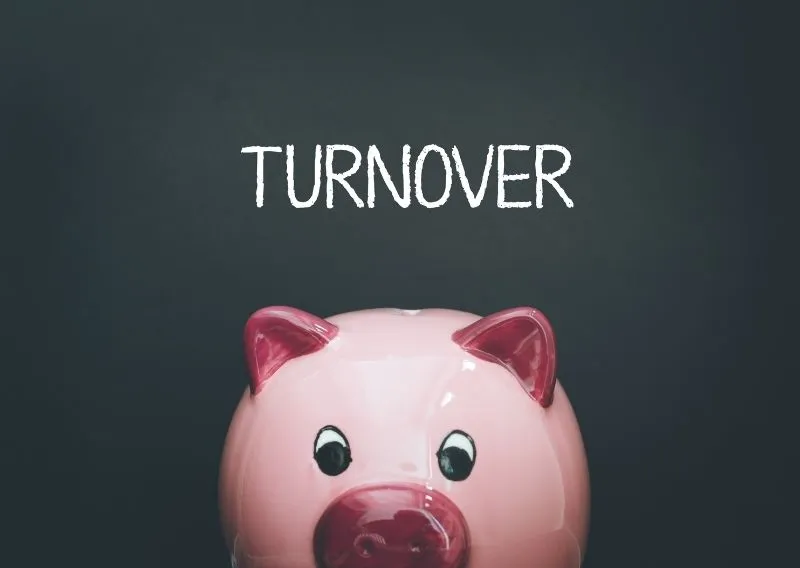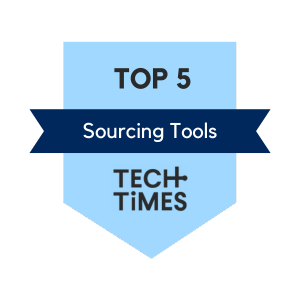Employee attrition rate can be costly for businesses. In fact, it is one of the leading causes of lost revenue in the United States. It is estimated that the cost of employee attrition in the United States is $11 billion per year.
Every time an employee leaves, the business has to spend time and money recruiting and training a replacement. This costs the company productivity and can often lead to lower morale among the remaining employees. In this article, we will discuss why employee attrition is important for businesses and how to keep it at acceptable levels!
Employee retention plays an essential part in business success: In other words, attrition determines how good it is to retain people at work. Measuring and analyzing the employee attrition rate helps in determining the number of people who have resigned from the company over a specified period. So you can design an effective retention strategy that reduces attrition within your organization.
What is attrition?
The attrition rate is the percentage of employees who leave a company voluntarily or involuntarily during a given time period. The attrition rate can be calculated for the entire company or for specific departments or job functions.
High employee attrition can be a sign of poor company culture. If employees don’t feel appreciated or valued, they are more likely to leave. And once someone leaves, it can be difficult to attract new talent.
Why does employee attrition matter?
The attrition can have a significant impact on a company’s bottom line. A high attrition rate can lead to increased costs for recruiting and training new employees. In addition, companies that experience a high attrition rate may be less successful in attracting and retaining customers.
Types of Employee Attrition
Analyzing employee losses is helpful in understanding the causes behind the loss, and whether it should be taken to enhance workforce retention. Employee types of attrition can include:
Voluntary attrition – if an employee decides his/her position out of business, attrition will take place as voluntary. In this type of attrition, Employee resignation is usually due to personal needs like care of relatives etc.
Involuntary attrition – when a company decides to terminate employees. In this type of attrition, the business often eliminates positions due to reorganization, saving costs, or poor employee performance.

Factors that can affect attrition rates
Employees with low salaries may be more likely to leave their company if they receive a higher offer from another company for a raise than expected. Having paid increases annually is an efficient way of increasing retention in the workplace. However, salary is one of the factors. Employees are leaving for some other common factors:
– Job dissatisfaction
– Unhappiness with management
– Lack of career growth opportunities
– Poor work/life balance
– Limited job security
– Poor pay and benefits
– Toxic work environment
What is the impact of your attrition rate?
The attrition rate is an important metric for employers to track. By understanding the attrition rate, employers can identify potential causes of employee turnover and take steps to reduce it.
A high attrition rate can lead to increased costs for recruiting and training new employees and can have a negative impact on a company’s bottom line. Attrition can have a significant impact on a business, including reduced productivity and lost revenue.
What are the benefits of reducing the attrition rate?
There are a number of benefits to reducing the attrition rate. Some of the most notable include:
– Reduced overheads for recruiting and training new employees
– Improved customer retention rates
– Increased productivity and morale among employees
– Better retention of valuable employees

By taking steps to create a positive work environment, offer competitive salaries and benefits, and provide opportunities for career growth, employers can make their organization more attractive to employees and reduce the likelihood of attrition.
Employers who focus on reducing the attrition rate can see a decrease in their attrition rate and an improvement in their customer retention rates.
Some tips for reducing the employee attrition rate
There are a number of tips for reducing attrition. Some of the most effective include:
– Creating a positive work environment.
– Offering competitive salaries and benefits.
– Providing opportunities for career growth.
– Focusing on employee retention.
– Calculating attrition rates.
– Monitoring employee satisfaction.
– Monitoring employees engagement and productivity.
– Monitoring customer satisfaction.
When an employee does leave, it’s important to conduct an exit interview to gather feedback on why they left and identify any areas in which the company could improve. This information can help employers reduce attrition rates in the long term.
Attrition rate formula
The formula to calculate the attrition rate:
The total number of employees who left in a given period of time.
The average number of employees during the given period of time.
Attrition rate calculation:
Attrition rate = (Number of employees who left in a given period) / (average number of employees during the given period).

What is an acceptable annual attrition rate?
Defining “acceptable” annual attrition rate can be challenging, companies generally need attrition of below 10 %.
Nevertheless, remember this figure will vary depending on the circumstance between company to company and industry to industry. It varies depending on how big and how many businesses you run.
Employee Attrition Rate Vs Staff Turnover Rate
The difference between attrition and staff turnover can sometimes be confusing. Attrition and turnover occur when a person chooses to leave a job. In turnover cases, companies try to replace lost employees, but in attrition, the vacant spot remains unfilled. Attrition rates are helpful in identifying talent retention. For example, high attritions indicate employees leave often, while a lower percentage indicates you retain employees longer.

Wrap Up
Employee attrition can be costly for businesses, but there are steps companies can take to keep it at acceptable levels. By creating a positive company culture, hiring the right people, and tracking employee turnover rates, businesses can minimize the impact of employee attrition on their bottom line. Thanks for reading!
About Talentprise
Talentprise leverages the power of cutting-edge AI technology to proactively manage your candidate pool. Our easy-to-use web platform lets you set up your ideal candidate persona. Candidates are then assessed and matched on their experience, soft skills, and culture fit. Providing you with unbiased, fast, and effective screening. Delivering the best candidates straight to your inbox, so can get on with your day.
Sign up for a Talentprise account today and get immediate access to global qualified and active candidates. Build your first Al headhunter and run talent sourcing in autopilot mode.

Editorial Team
Our team is fueled by a passion for crafting valuable content that enriches the experiences of our users, customers, and visitors. We meticulously select meaningful and unbiased topics ranging from tips and guides to challenges and the latest in technology, trends, and job market insights. All curated with care and affection!








